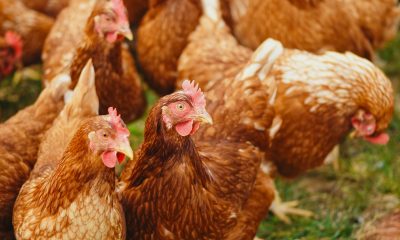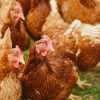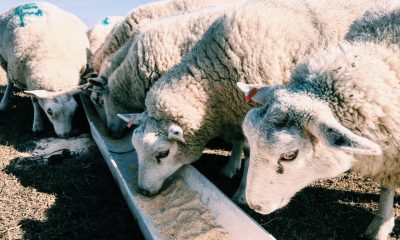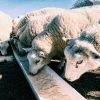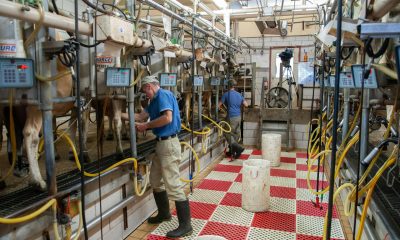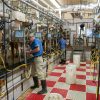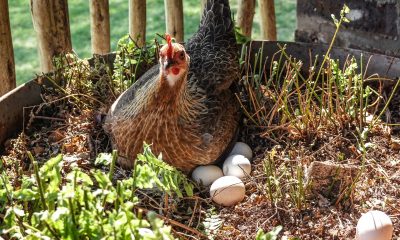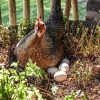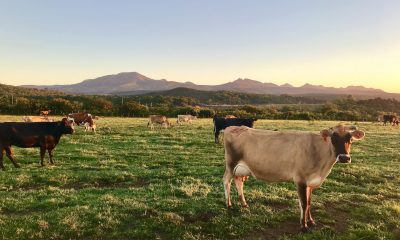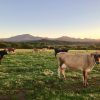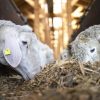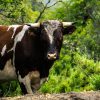Different systems exist in feeding cattle recommended by animal husbandry professionals. These methods have their inherent advantages and disadvantages.
Most cattle are given fodder that is made up of forage such as grass, silage, or legumes. Beef cattle are raised on pastures. If the cattle are bred in feedlots, then they are given hay supplemented with grain soy or cottonseed meal to increase the energy density.
A high-energy diet serves to increase the milk output of cattle as measured in kg/head/day.
The common type of foods that cattle are fed include cereal grains such as oats, barley, wheat, etc., vegetable protein such as groundnut oil cake, soybean meal, cottonseed meal, sunflower oil cake, coconut meal, etc., and milling by-products such as wheat bran, molasses, rice polish, etc.
In this article, we list out the main differences between soybean meal (SBM) and cottonseed meal (CSM).
Differences between SBM and CSM
Soybean Meal (SBM)
SBM is obtained by finely grinding those flakes that remain after oil removal from soybean hulls using the solvent extraction methods. SBM is generally added to diets of lactating dairy cows. There are no feeding limits specified for SBM. SBM is a very widely used protein concentrate in the animal-feed industry. However, full-fat soybeans are commonly used as a source of fat and protein for animals and dairy cattle.
SBM is a vegetable protein and contains about 44% protein with all the important proteins excluding methionine and cysteine. Up to 30 percent of the cattle feed can be made up of SBM. It is not advisable to feed raw soybean because they contain several toxic substances. In this respect, they are similar to oilseeds. These toxins and additional factors (saponins) are generally deactivated during feed manufacture by processes such as heat treatment. Common adulterants found in SBM include Mahua oil cake and husk of castor seeds.
Cotton Seed Meal (CSM)
CSM is what is got by grinding the cottonseed flakes that remain after removal of oil by solvent extraction methods.
Cottonseeds or CSM are fed to high milk-producing cows as its fibre content is higher, and energy content is lower than SBM. Though feeding limits are generally not imposed for CSM, upper feeding limits have to be monitored regularly when feeding CSM as well as whole cottonseeds to cows.
Despite having reasonable protein content, CSM does not have enough of cysteine, methionine and lysine. With the calcium to phosphorus ratio being 1:6, there is a good chance of occurrence of calcium deficiency in cattle fed with CSM. It has been observed that in lactating cows fed with CSM, milk becomes hard and the butter from this type of milk becomes difficult to churn.
CSM has antioxidant properties and is a polymerization inhibitor. CSM is not suitable for simple-stomached animals and may cause complications, including loss of weight and reduced appetite. In some cases, it can cause death due to cardiac failure if such animals are fed with CSM.
Addition of calcium hydroxide and iron salts can reduce gossypol (polyphenolic aldehyde) toxicity in CSM feeds. The effect of gossypol can also be reduced by using a screw press in the expeller process where the shearing effect inactivates the gossypol.
CSM is available in the market in both the decorticated and un-decorticated forms. Two grades are available in each of these varieties.


